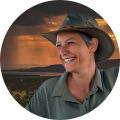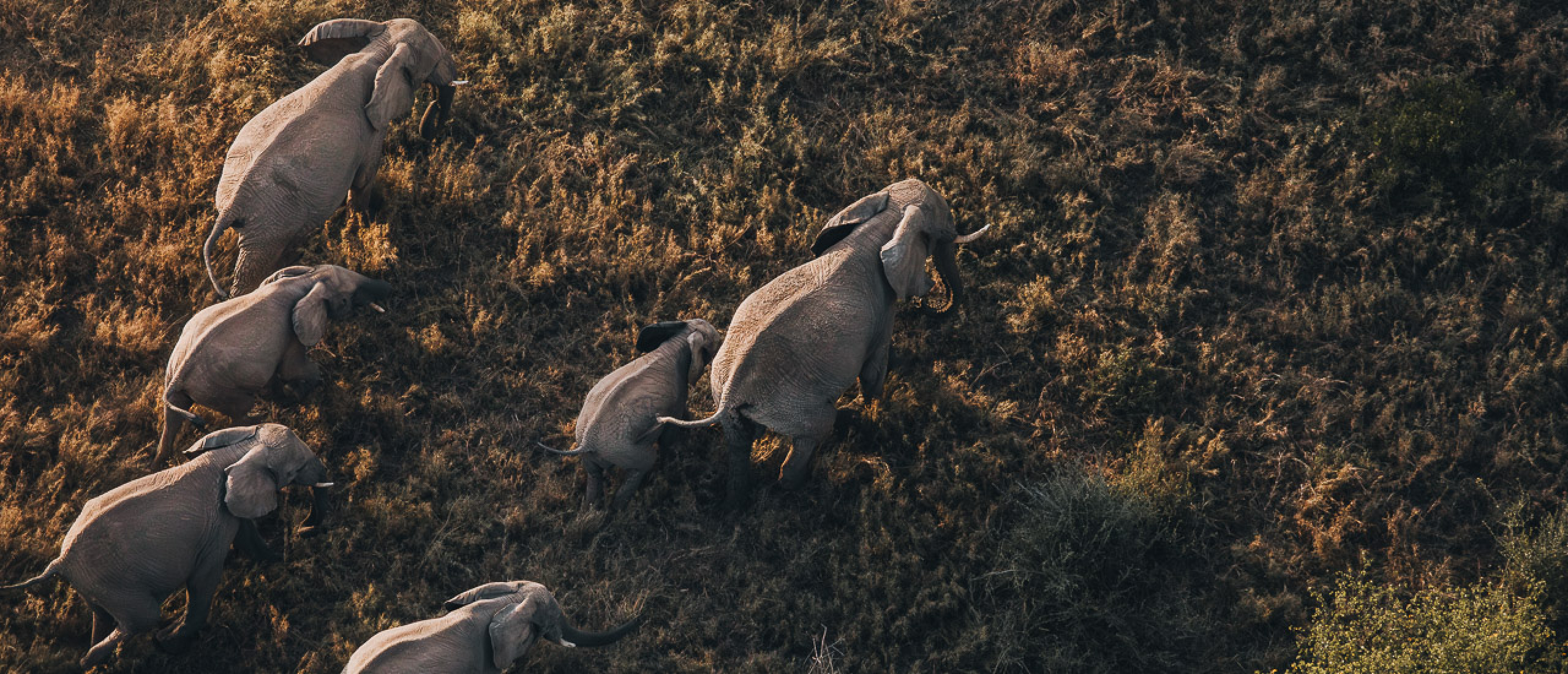
The thrill of capturing a stunning wildlife photo is one of the greatest rewards of nature photography. However, photographing wild animals in their natural habitat also comes with a great responsibility to respect the environment and the animals themselves.
While the desire to get that prized shot is understandable, wildlife photographers have to exercise the utmost care, ethics, and self-restraint. There are certain dos and don'ts that serve to protect animals from harm and ensure their essential behaviors are not disturbed. We’ve outlined a few key tips to keep your photography as ethical as possible.
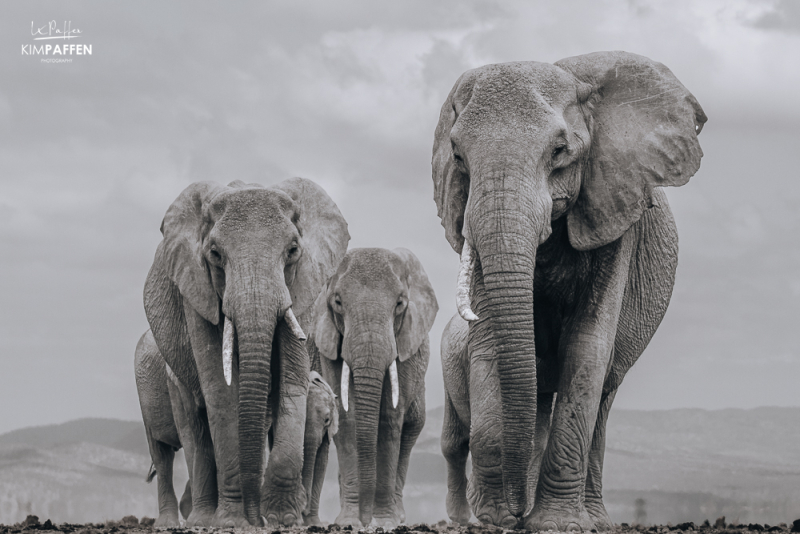
Do: Obtain proper permits
Obtaining the proper permits and authorization before conducting any wildlife photography is absolutely essential. Different locations and types of safari animals will require specific permits (for example a gorilla permit) to ensure you don’t violate any laws or trespass on private property, so do your research in advance.
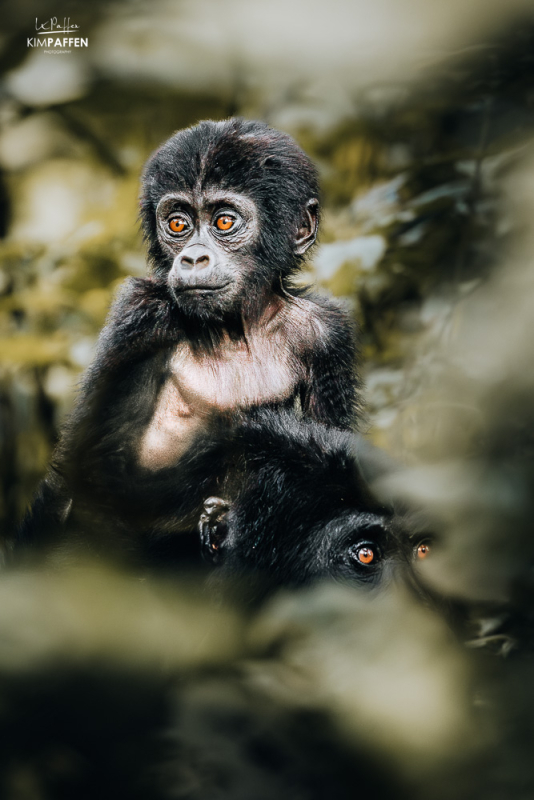
In the United States of America, national parks may require permits for certain commercial photography and videography, as well as accessing some backcountry areas. State parks and wildlife refuges also typically require special use permits for wildlife photography, especially if baiting or special equipment will be used. And certain protected species like migratory birds, endangered species, and nesting seabirds require additional permits to photograph. It’s a photographer's responsibility to do thorough research on the permits needed at specific locations and for certain activities.
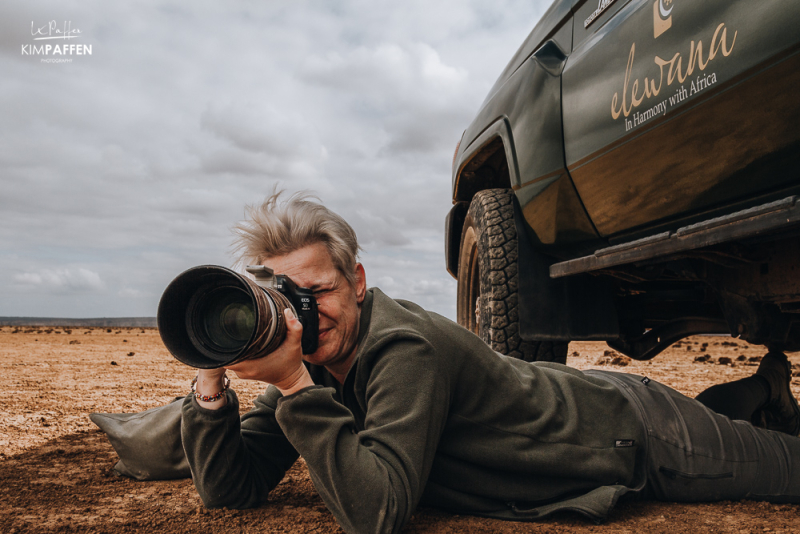
Meanwhile, Africa is hugely popular thanks to its varied wildlife and birds (including the Great Migration which is an annual highlight in East Africa). As well as multiple African safaris to choose from, this beautiful continent is blessed with magical sunsets, a rich culture, and magnificent diverse landscapes.
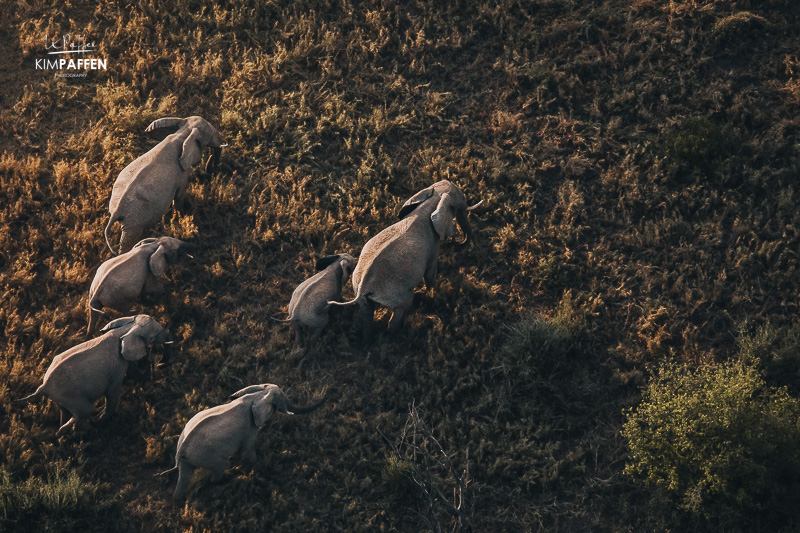
Wildlife photographers with special requests, for example, off-road driving in Serengeti National Park for a certain project, will need to apply for a permit from the wildlife or national park authority in the specific country they plan to visit. Requirements vary by country but the permits themselves may stipulate conditions, such as being accompanied by park rangers or guides, or restricted use of flash or drones. Fees are typically charged for photography permits that allow ethical off-road driving. Apply well in advance because the process can be lengthy.
Don’t: Get too close
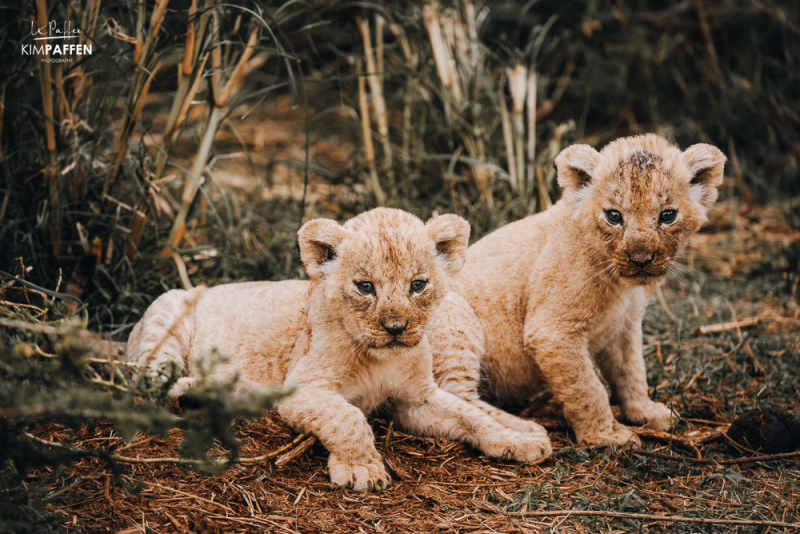
Harassing or distressing wildlife for the purpose of photography is unethical and, in many cases, illegal. So one of the key tips for ethical photography is to avoid disturbing wildlife, especially nesting sites or newborn animals. Not only could the latter cause the parents to abandon the nest, but nestlings are particularly vulnerable to predation and exposure if disturbed. Photographers need to maintain a minimum distance of between 30-50 feet from nests and breeding areas at all times. Just be patient and wait for animals to move of their own accord, rather than trying to force them.

As a general rule, if an animal changes its behavior or activity in response to your presence, you are too close — move away slowly to avoid further disturbance. Photographers should also stay a prudent distance from potentially dangerous wildlife and never make sudden movements or loud noises that could provoke an attack.
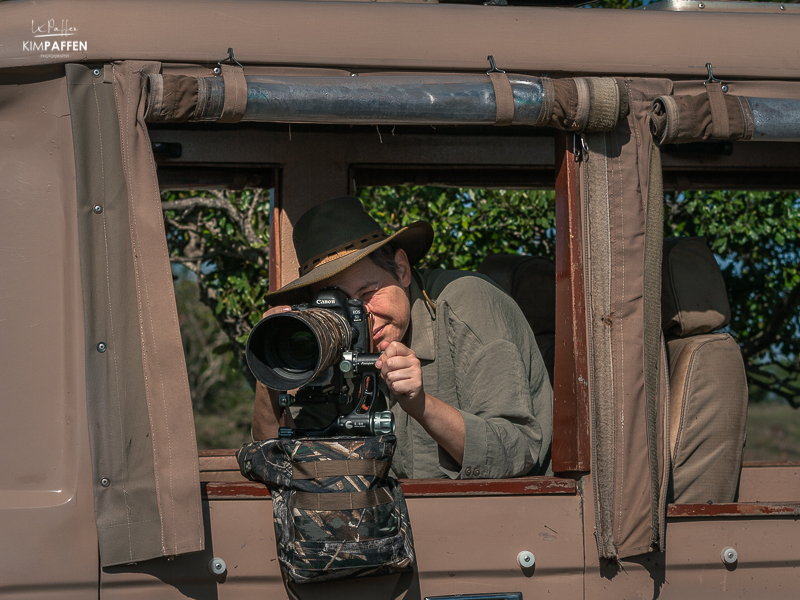
Your safety is just as important as the animals' well-being, so use a zoom lens to allow you to capture stunning frame-filling images from a distance that won’t antagonize the animals.
Do: Put the needs of the animals first
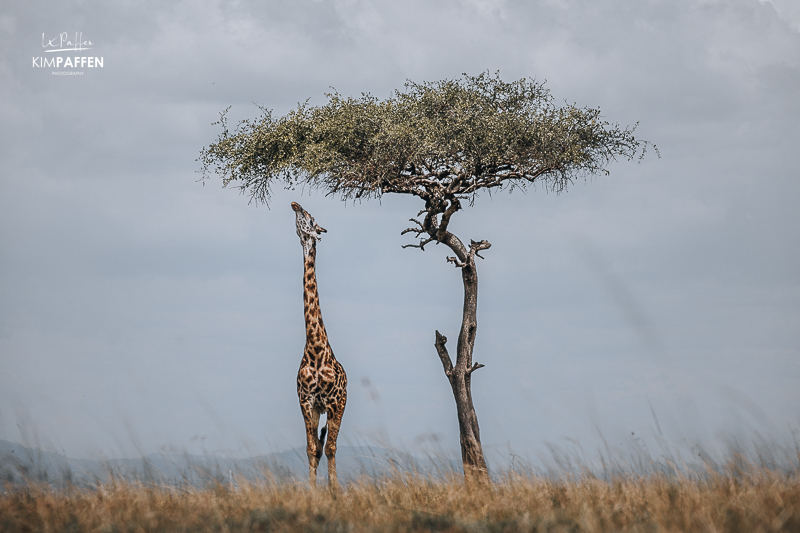
Just as with responsible tourism, you need to put the environment first, ethical photography is focused on the needs and wellbeing of the animals. The needs of your wildlife subjects should always come first before getting any photographs. This means making sure you’re not interrupting essential behaviors such as feeding, hunting, migration, or breeding for the sake of a photo.
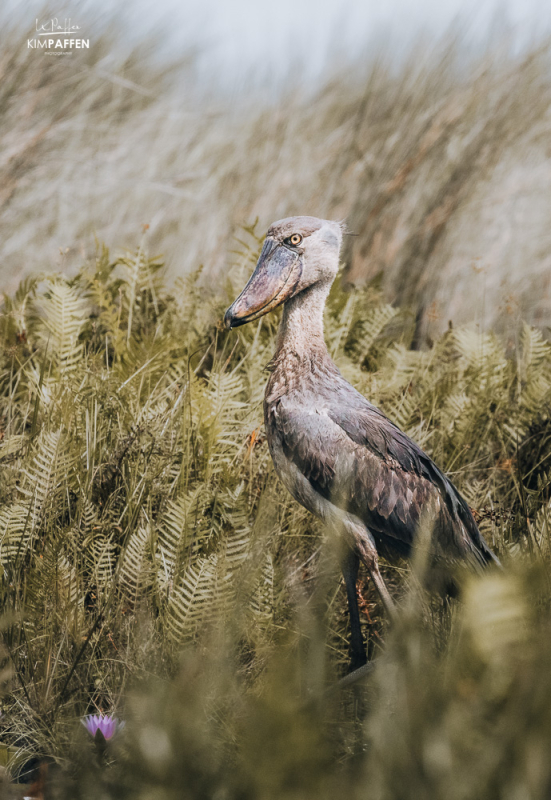
Be respectful of the animal's space and environment — if your presence is causing obvious distress, move away slowly. If you’re planning a special trip to a nature reserve, designated trail, or country you haven’t been to before, chances are that you won’t be familiar with the local habitat. Do some research beforehand either by enrolling in an official field guide course or by organizing a guided tour.
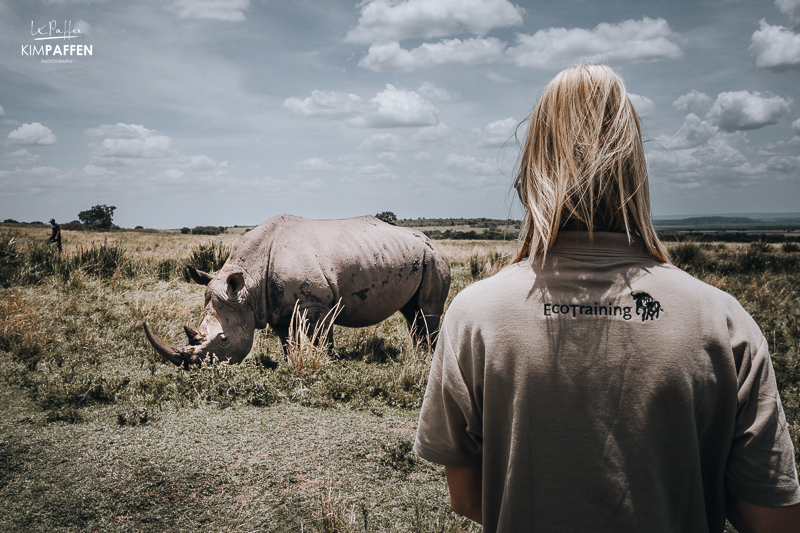
Photographers should be aware of behavioral cues that indicate their actions may be disturbing the animals. For example, excessive vocalizations, changes in eating or sleeping patterns, and flighty or restless behavior are signs that the animals are not acting naturally in your presence. In these circumstances, increase the distance between you and the wildlife if you observe these behaviors. Similarly, aggressive displays or charging are clear signals that you are too close and perceived as a threat — back away immediately to avoid provoking an attack.
Don’t: Bait animals
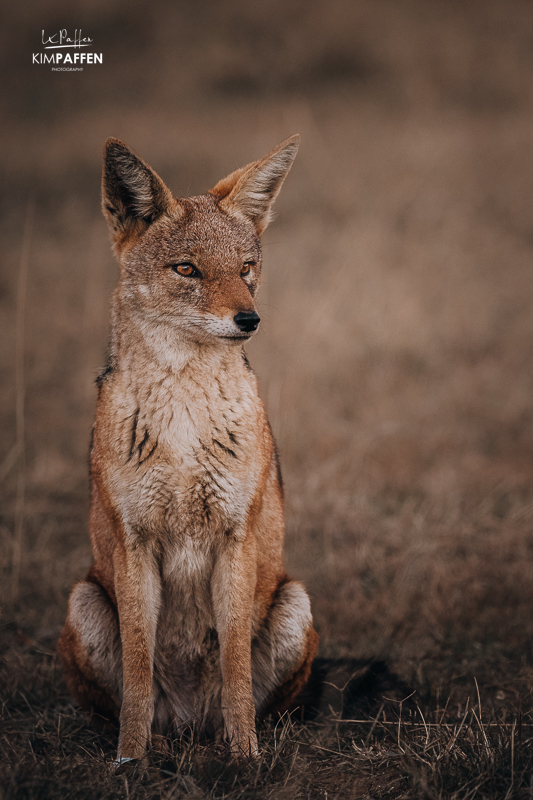
Once wild animals associate people with food sources, they become habituated and their natural hunting instincts and wariness towards humans are diminished. This poses risks to both the general public and the wildlife photographers hoping to attract the animals, so photographers should avoid baiting in order to get that perfect shot. Some see the use of bird feeders or fish chum as a gray area, but these also serve to make wild animals reliant on humans for easy meals and alter their natural feeding behaviors.
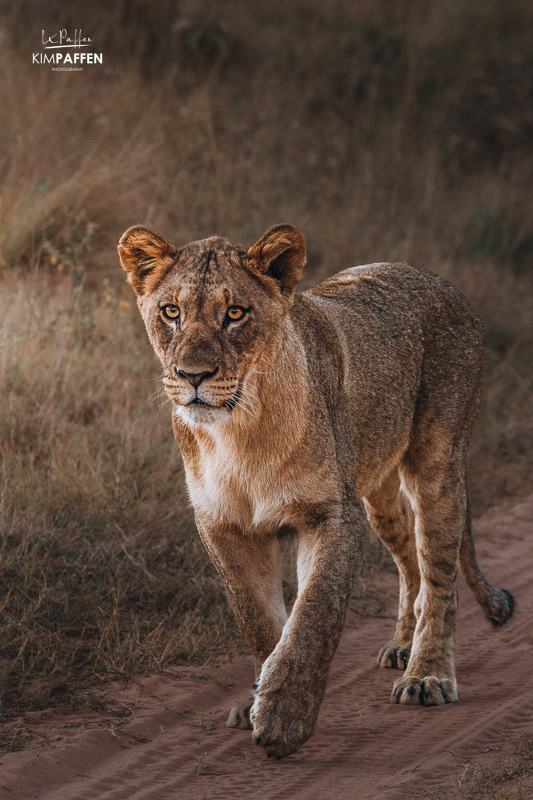
The impacts may be less drastic than with predatory animals but still contradict the goal of photographing wildlife in their unmanipulated state. Baiting wildlife for photography purposes often leads down an unethical path that ends badly for the animals involved, so let your subjects go about their natural feeding activities undisturbed.
Do: Protect the environment

Make sure you stay on designated trails and viewing areas to avoid trampling vegetation. Off-trail travel can damage fragile habitats and disturb wildlife in the area, and in some locations, going off-trail may even be illegal or trespassing on private property. Check with the land managers about any restrictions on hiking or access before conducting a photo shoot.
Photographers also need to be extremely cautious not to start any wildfires, making sure all equipment that could emit sparks like flashes, battery packs, and flashlights are well-maintained and don’t overheat during operation.
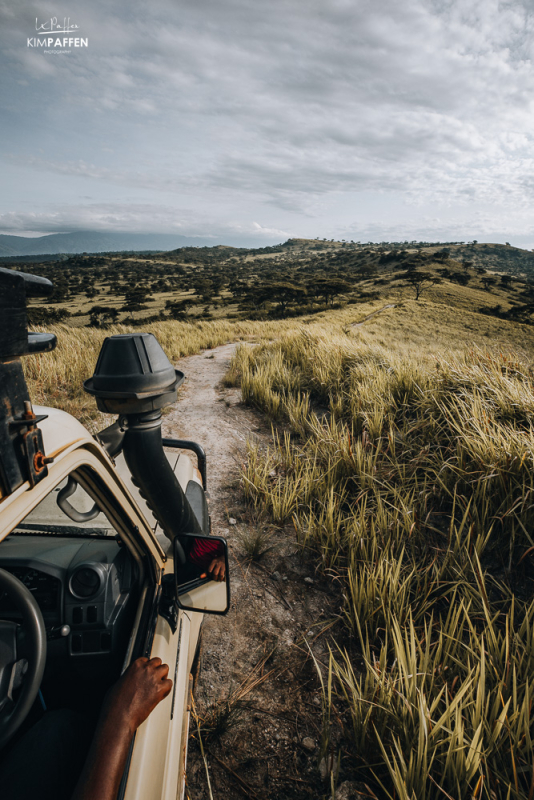
Aside from staying on trails, avoid altering or damaging the environment in any way for the purpose of photography. Don’t cut or rearrange vegetation, dig holes, or leave any traces of your activity behind. The goal of every wildlife photographer should be to leave the environment as pristine as it was found so others may enjoy unspoiled nature photography experiences. With care and conscientiousness, photographers can get stunning shots without sacrificing sustainability.
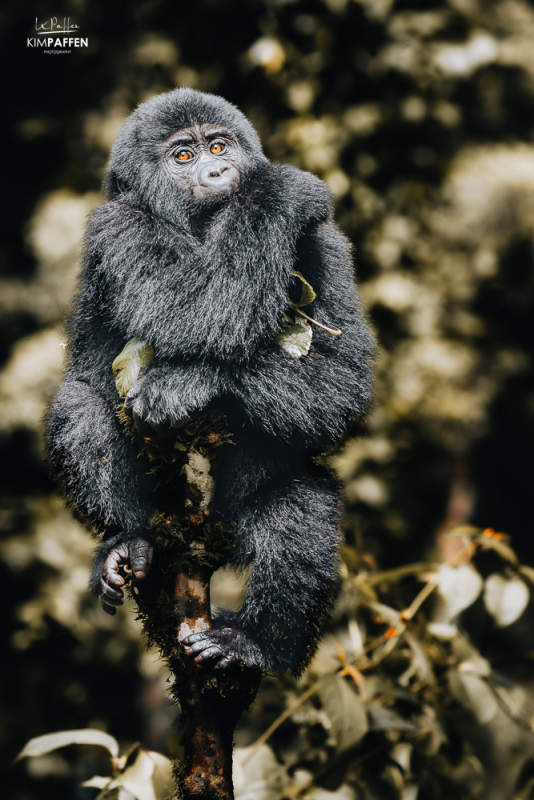
Wildlife photography can be an exhilarating experience that builds an appreciation for nature's beauty and diversity. However, it also comes with a profound responsibility to protect our planet's wild inhabitants and the environments they call home. As wildlife photographers, we must follow the highest ethical standards by obtaining proper permits, avoiding harassment and disruption of animals, and leaving the environment as we found it.
Photography should aim to inspire conservation, not undermine it through careless or exploitative practices.
While a single photo may seem small, collectively the impacts of irresponsible wildlife photography could be devastating. But by exercising restraint and environmental stewardship, our images can become a powerful force for the protection of natural spaces.

